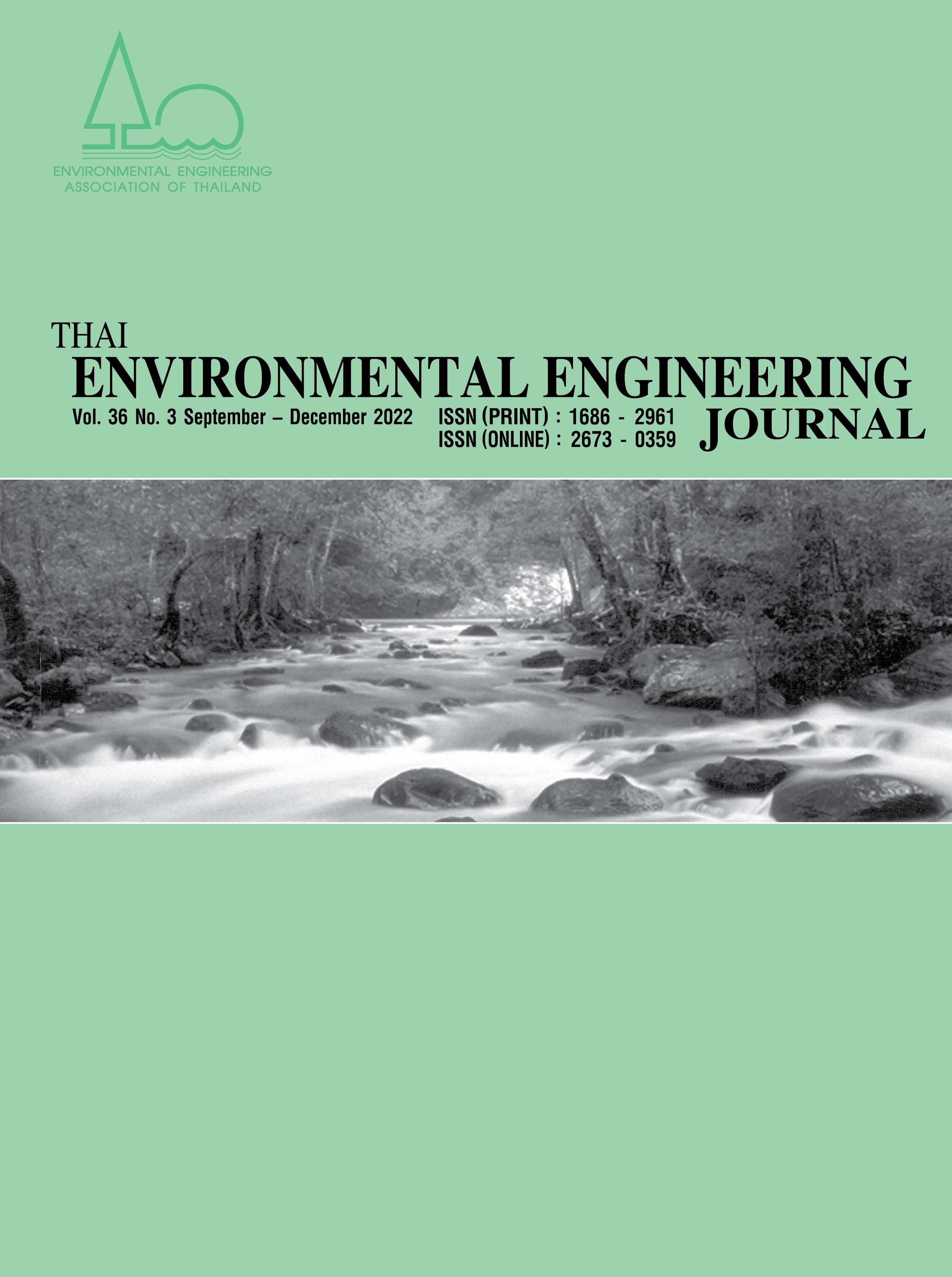Variation of Moisture Accumulation of Ancient Remains in the Early Ayutthaya Period, The Residence of the Patriarch of Wat Bhudthaisawan, Pranakorn Sri Ayutthaya Province, Thailand
Main Article Content
Abstract
This study measured moisture accumulation variation in the walls of ancient remains and compared it to results from the same measurement site over the last 13 years. It has the potential to reveal significant changes in moisture accumulation. Important murals inside buildings can deteriorate over time if they are not properly cared for. The purpose of this research is to determine the accumulated moisture content on the surface of an ancient wall from the Late Ayutthaya Period. The study was conducted in the patriarch's residence at Wat Bhudthaisawan, Pranakorn Sri Ayutthaya, by measuring the accumulated moisture contents on the surface of the wall at systematically selected locations with a Moisture Meter. The analysis discovered a statistically significant difference between measuring accumulated moisture in the wall at different heights. Moisture accumulation in the wall at the highest level adjacent to the roof had the highest value in all directions and the moisture accumulation in the walls was statistically significantly higher when compared to the results of the study 13 years ago.
Article Details
References
Popradit, A. and Khun-Anek, R. 2019. Influences of the number of tourists on the alteration of temperature and relative humidity in ancient buildings. Journal of Research and Development Valaya Alongkorn Rajabhat University under Royal Patronage, 14(1), 33-44.
Brereton, B. P. 2013. Mediums, Monks, and Amulets: Thai Popular Buddhism Today by Pattana Kitiarsa. The Journal of the Siam Society, 101, 291-294.
Oxley, T. A. and Gobert, E. G. 1983. Dampness in Buildings: Diagnosis, Treatment, Instruments. England: Butterworths.
Busser, T., Berger, J., Piot, A., Pailha, M. and Woloszyn, M. 2018. Comparison of model numerical predictions of heat and moisture transfer in porous media with experimental observations at material and wall scales: An analysis of recent trends. Drying Technology.
Straube, J. F. 1999. Moisture control and enclosure wall systems (pp. 4983-4983). The University of Waterloo.
Hoła, A., Zygmunt, M. and Jerzy. 2017. Analysis of the moisture content of masonry walls in historical buildings using the basement of a medieval town hall as an example. Procedia Engineering, 172, 363-368.
Capitani, D., Proietti, N., Gobbino, M., Soroldoni, L., Casellato, U., Valentini, M., and Rosina, E. 2009. An integrated study for mapping the moisture distribution in an ancient damaged wall painting. Analytical and bioanalytical chemistry, 395(7), 2245-2253.
Liu, B.D., Wen, J., Lin, L. and Peng, F. 2014. Effect of moisture content on static compressive elasticity modulus of concrete." Construction and building materials, 69, 133-142.
Hola, A. 2017. Measuring of the moisture content in brick walls of historical buildings–the overview of methods.
In IOP Conference Series: Materials Science and Engineering, 251(1), 012067.


